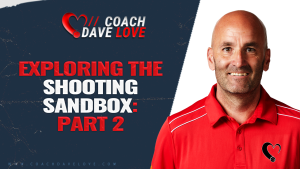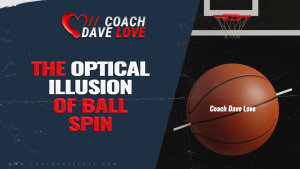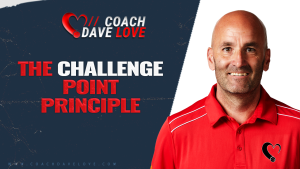Drills are like medicine—on the surface, they seem like the solution to every problem. But just as you wouldn’t take antibiotics for a sprained ankle, not every shooting habit can be fixed with a single, generic drill. Players and coaches alike often want quick solutions—“What drill will fix my shot?”—but shooting development is far more layered.
Yes, the goal is to simplify the message for the player. But behind that simple message lies a complex, interconnected process. An experienced coach knows how to adjust habits, understand compensations, and design practice with precision, all while keeping the player’s progress in mind.
Drills are Tools, Not Cures
When a player asks, “What’s a good drill to work on my shot?” it’s like telling a doctor, “I’m sick—give me the medicine.” The right answer depends on several things:
- What’s the specific habit that needs improvement?
- How does this habit interact with other mechanics in the shot?
- What outcomes are we targeting—accuracy, balance, release quality, or all of the above?
Drills only work when they address the right problem in the right way. Just as the same medicine won’t work for every illness, the same drill won’t work for every player or situation. An experienced coach diagnoses shooting issues thoughtfully, prescribes targeted drills, and makes adjustments as the player’s habits evolve.
Habits are Interconnected: Adjust One, Influence Many
Shooting mechanics are like a chain—every part is connected. Changing one habit may cause shifts elsewhere. For example:
- Adjusting a player’s shooting hand might affect their shooting hand.
- Adjusting foot placement could alter their body posture.
It’s essential to monitor these interconnected habits. Without careful oversight, what starts as a positive change can lead to several negative compensations. Coaches need to keep an eye on the bigger picture, making small adjustments over time to ensure that progress in one area doesn’t come at the cost of another.
Doing a Drill Doesn’t Mean You’re Game-Ready
Drills are helpful, but they only create isolated skill improvement. The true challenge is applying the skill under game conditions—when movement, defenders, and decisions come into play. A player who excels in a drill may still struggle to use the habit in a real game. That’s because:
- Drills are predictable: The player knows what’s coming next.
- Games are unpredictable: Every situation is different.
The more a drill is repeated without variation, the harder it becomes to transfer that habit into game scenarios. Effective practice design includes:
- Contextualized learning: Incorporating drills that mimic game situations.
- Variability: Ensuring the player practices under changing conditions.
- Skill Acquisition Principles: Balancing repetition with meaningful variation to build adaptable skills.
- The Challenge Point: Constantly adjusting drills or practice to continually challenge developing habits.
The goal isn’t to perfect a drill—it’s to develop habits that hold up under pressure and can adapt to game conditions.
Adjusting the Dosage: Progression and Adaptation
Good coaches adjust drills like doctors adjust medication. Just as a doctor changes the dosage based on the patient’s response, coaches tweak drills as players progress. The goal is not to rely on the same drill forever but to challenge the player in new ways, and ultimately apply new habits into games.
Over time, the “dosage” of a drill should evolve:
- Introducing new challenges: Adding defensive pressure or more dynamic movement to mimic real-game situations.
- Increasing complexity: Layering multiple skills into a single drill.
- Scaling back: Gradually reducing reliance on drills as the player develops self-sustaining habits.
The ultimate goal is to make the player independent of the drill, able to perform the skill consistently in any scenario.
The Role of the Coach: Crafting the Right Treatment Plan
The best coaches know that shooting development is more than just prescribing drills. Like a skilled doctor, they balance science, experience, and intuition to craft a plan that fits the individual. This involves:
- Knowing when to use a drill: Some problems need repetition; others need feedback or guided questions.
- Tailoring the message: Simplifying what the player needs to hear without oversimplifying the process.
- Adjusting along the way: Constantly evaluating progress and making small tweaks to keep development on track.
Great coaches understand that no two players are the same. They recognize the need to simplify the message for players without losing sight of the deeper layers of development at play.
Conclusion
Drills, like medicine, have their place. But no drill—no matter how perfect—can replace the thoughtful practice design and careful monitoring that only a skilled coach can provide. Shooting development is nuanced, requiring constant adjustments and a deep understanding of how habits interact. The best coaches don’t just hand out drills—they design a plan that prepares players to thrive under game conditions.
The goal isn’t to make players better at drills; it’s to help them build adaptable, game-ready skills. Yes, simplify the message for the player. But remember that behind every simple instruction lies a coach’s thoughtful, layered strategy for success.



